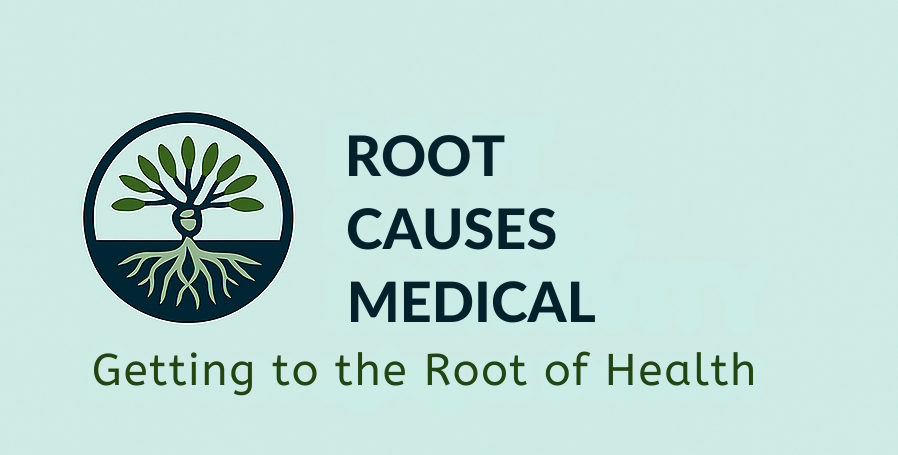🦴 Introduction
Most people think a DEXA scan is the gold standard for bone health — and while it does measure bone density, it has one major flaw:
It can’t show you what’s happening right now.
It’s a lagging indicator, meaning that by the time your DEXA shows bone loss, the damage has already been done.
If you’re serious about preventing or reversing bone loss, especially if you’re in your 30s to 60s and want to avoid osteoporosis later in life, you need to go deeper — with biomarkers that track real-time bone metabolism.
🧪 Enter CTX: The “Bone Breakdown” Marker
CTX (C-terminal telopeptide) is a lab test that measures how much bone you are losing right now. It reflects the activity of osteoclasts, the cells that break down bone tissue.
Think of it like your bone “speedometer” — the higher the number, the faster you’re losing bone.
✅ CTX rises when:
- You’re in early menopause
- You’re under chronic stress
- You’re vitamin D deficient
- You’re inflamed or overtraining
- You’re not getting enough key nutrients (like K2, magnesium, protein)
📉 Why CTX Matters More Than Waiting for Another DEXA
|
Test |
What It Shows |
When It Changes |
|
DEXA Scan |
Bone mineral density |
Slowly — every 1–2 years |
|
CTX |
Bone loss activity |
Quickly — in weeks to months |
CTX lets us:
- Detect accelerated bone loss before the next DEXA
- Monitor response to treatment (e.g., LDN, supplements, exercise)
- Personalize your protocol with fast feedback
In the BoneBuilder Program, we check CTX at baseline, 3 months, and 6 months, giving us a dynamic window into your progress.
🧭 What Is a Healthy CTX Level?
CTX values are typically measured in ng/L (or pg/mL) and vary by lab and menopausal status.
|
Population |
Target CTX Range |
|
Premenopausal Women |
100–400 ng/L |
|
Postmenopausal Women |
Ideally <500 ng/L |
|
Men |
<400 ng/L |
High CTX = high bone breakdown = higher fracture risk over time.
We don’t just want to lower CTX for the sake of numbers — we want to ensure that your body is in a healthy bone remodeling balance.
🔍 What Else Should Be Tracked?
CTX is part of a bigger picture we build using other functional and nutritional markers:
|
Marker |
What It Tells Us |
|
25(OH) Vitamin D |
Supports bone-building hormones |
|
PTH (Parathyroid Hormone) |
Elevated when calcium or D is low |
|
RBC Magnesium |
Essential mineral for bone health |
|
hs-CRP, ESR |
Inflammation slows bone repair |
|
Ferritin, B12, Homocysteine |
Nutritional support for collagen + bone matrix |
|
Fasting Insulin / Cortisol |
Metabolic stressors that inhibit bone remodeling |
These labs tell us why your CTX may be high — and how to fix it.
🛠️ What If My CTX Is High?
In the BoneBuilder Program, we take a root-cause approach. If your CTX is elevated, we might:
- Increase vitamin K2 or magnesium
- Add LDN to reduce inflammation
- Improve your sleep or stress
- Recommend safe resistance or loading exercises
- Address hormonal imbalances (especially in women)
🧠 Final Thoughts
Don’t wait for a bad DEXA result to take action.
If you’ve had a body comp DXA scan and were told your muscle or bone mass is “low” or “borderline,” this is your chance to get ahead of the curve.
CTX and functional labs give us the insight to build — and protect — strong, resilient bones for life.
✅ Want to See Where You Stand?
📞 Book your BoneBuilder Consultation
📍 We’ll review your scan, order key labs (including CTX), and build your custom protocol.
🔗 Visit BoneBuilder Page to Learn More and Book
